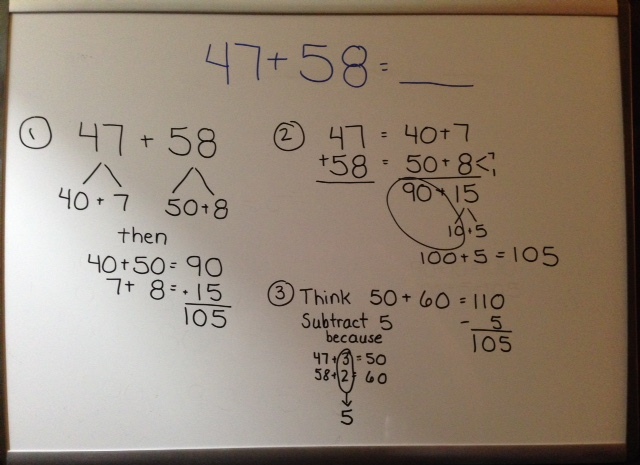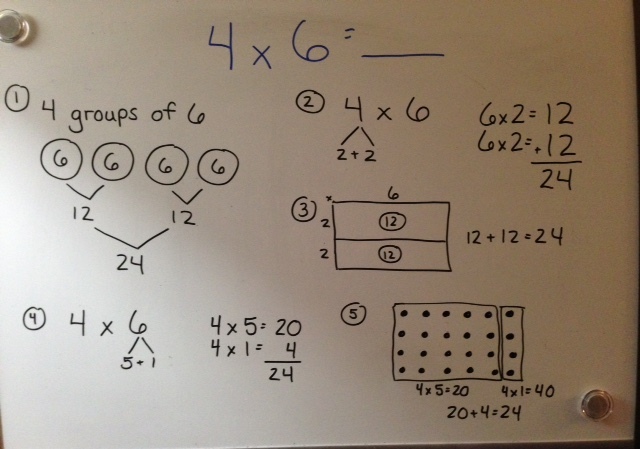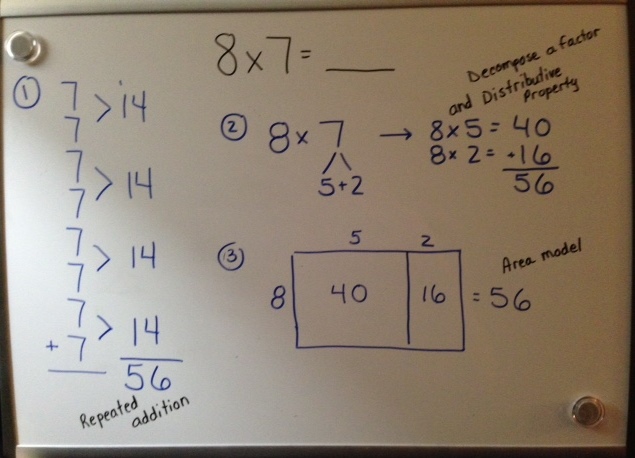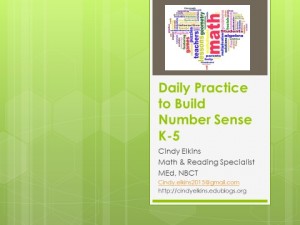by C. Elkins, OK Math and Reading Lady
Last post featured division using arrays and the area model.  This post will focus on helping children see division as equal groups. Most of us have used the “plates of cookies” analogy to help kids see how to represent equal groups in a drawing. I will just take that a few more steps to increase efficiency.
This post will focus on helping children see division as equal groups. Most of us have used the “plates of cookies” analogy to help kids see how to represent equal groups in a drawing. I will just take that a few more steps to increase efficiency.
Much like multiplication, there are different aspects of division children should get familiar with:
- Arrays
- Equal Groups
- Repeated Subtraction
- Number lines
- Skip counting
In this post, I will break down the benefits of equal groups models to help children understand division (and how it is related to multiplication). Check out the freebies within this post.
If you haven’t utilized this book with your students, please try to find a copy! 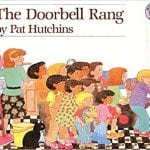 It’s called The Doorbell Rang by Pat Hutchins. In this story, Ma makes some cookies to be split between the kids. Then the doorbell rings and more kids come, so the problem has to be refigured. This scenario repeats. As a class, you can duplicate the story with a different # of cookies and children.
It’s called The Doorbell Rang by Pat Hutchins. In this story, Ma makes some cookies to be split between the kids. Then the doorbell rings and more kids come, so the problem has to be refigured. This scenario repeats. As a class, you can duplicate the story with a different # of cookies and children.
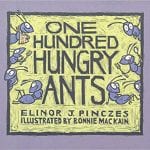 Another great story emphasizing equal groups (as well as arrays) is the story One Hundred Hungry Ants by Elinor Pinczes. In this story, 100 ants are on their way to raid a picnic. They start off in one straight line (1 x 100), but then rearrange into different equal groups to shorten the line (2 lines of 50, 4 lines of 25, etc.). A nice project after reading this book is to see how many ways a different given # of ants (or other animals / objects) can be divided into equal groups / rows.
Another great story emphasizing equal groups (as well as arrays) is the story One Hundred Hungry Ants by Elinor Pinczes. In this story, 100 ants are on their way to raid a picnic. They start off in one straight line (1 x 100), but then rearrange into different equal groups to shorten the line (2 lines of 50, 4 lines of 25, etc.). A nice project after reading this book is to see how many ways a different given # of ants (or other animals / objects) can be divided into equal groups / rows.
By clicking on the links for each book above, you will be taken to Amazon for more details.
As I mentioned earlier, many children’s view of equal groups regarding division is to use manipulatives and/or draw circles / plates to match the divisor and then divide up the “cookies” equally in these groups. Let’s say you had this problem: “There are 12 cookies to be divided onto 3 plates equally. How many cookies would go on each plate?” As you observe the students:
- How are they dividing up the cookies? One at a time, two at a time, randomly, trial and error?
- Are the “cookies” scattered randomly on the plate / circle? Or, are they arranged in an easy-to-see pattern so they are easily counted (by the student and yourself as you walk around the room)?
- Are the students able to verbally tell you how they divided them?
- Are the students making the connection to multiplication by noting that 3 x 4 = 12?
- Can they solve similar problems using language other than plates / cookies?
- Try shelves / books; trays / brownies; buildings / windows; flowers / petals; students / rows of desks, stars / # of points; aquariums / fish; boxes / donuts; etc.
Use of manipulatives of various types (cubes, tiles, counters) is important for children to have their hands on the objects being divided. This is how they work out their thinking. Then work toward paper/pencil drawings before going to the abstract use of numbers only. This doesn’t have to be done in separate lessons, however. There is great value for children to see how the concrete, pictorial, and abstract representations all work together.
Also, help children list synonyms for the dividing process: distribute, share, split, separate, halve, quarter, partition
Here are a few strategies I believe help make the equal groups process more efficient: Continue reading →
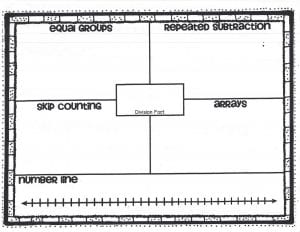
 This post will focus on helping children see division as
This post will focus on helping children see division as  It’s called
It’s called  Another great story emphasizing equal groups (as well as arrays) is the story
Another great story emphasizing equal groups (as well as arrays) is the story 



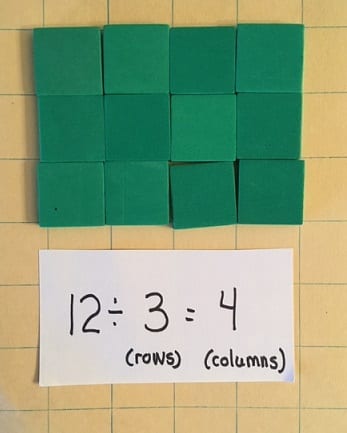


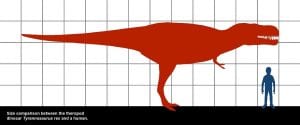
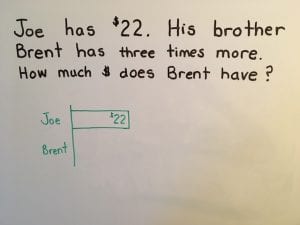
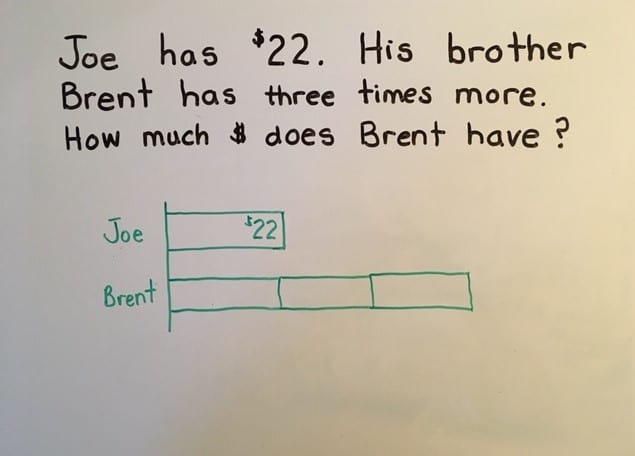

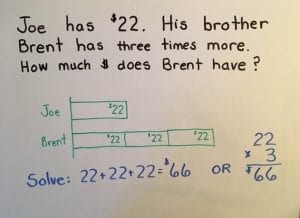
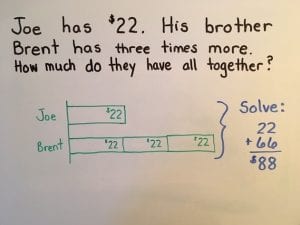
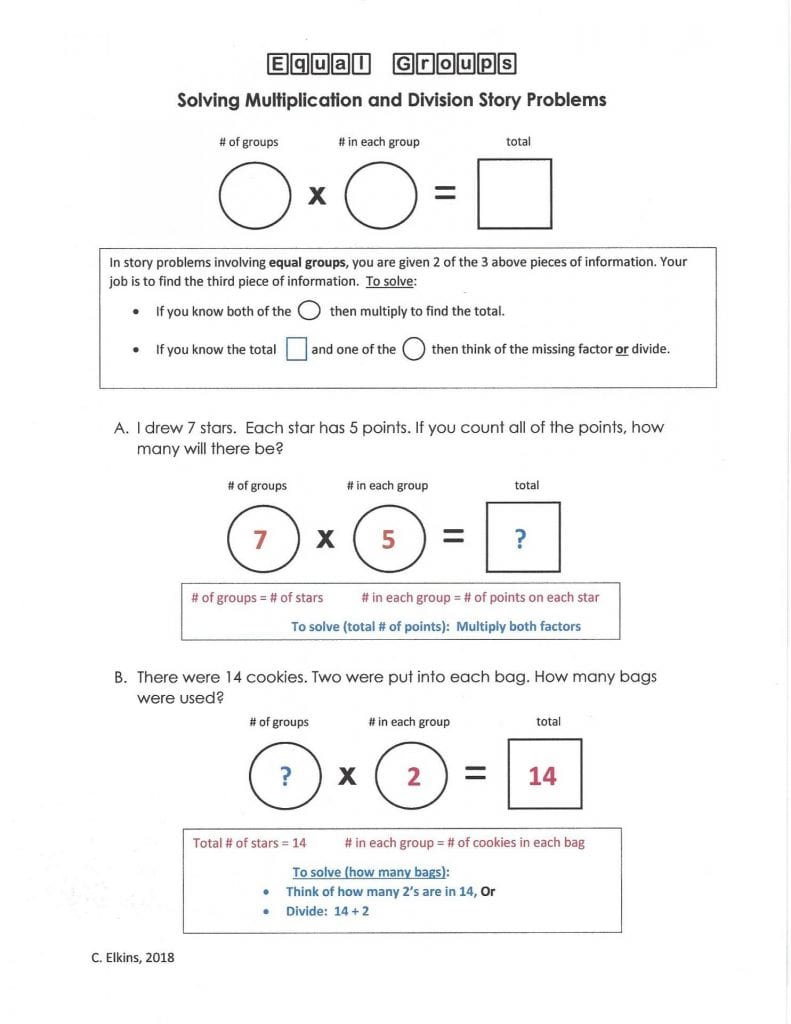
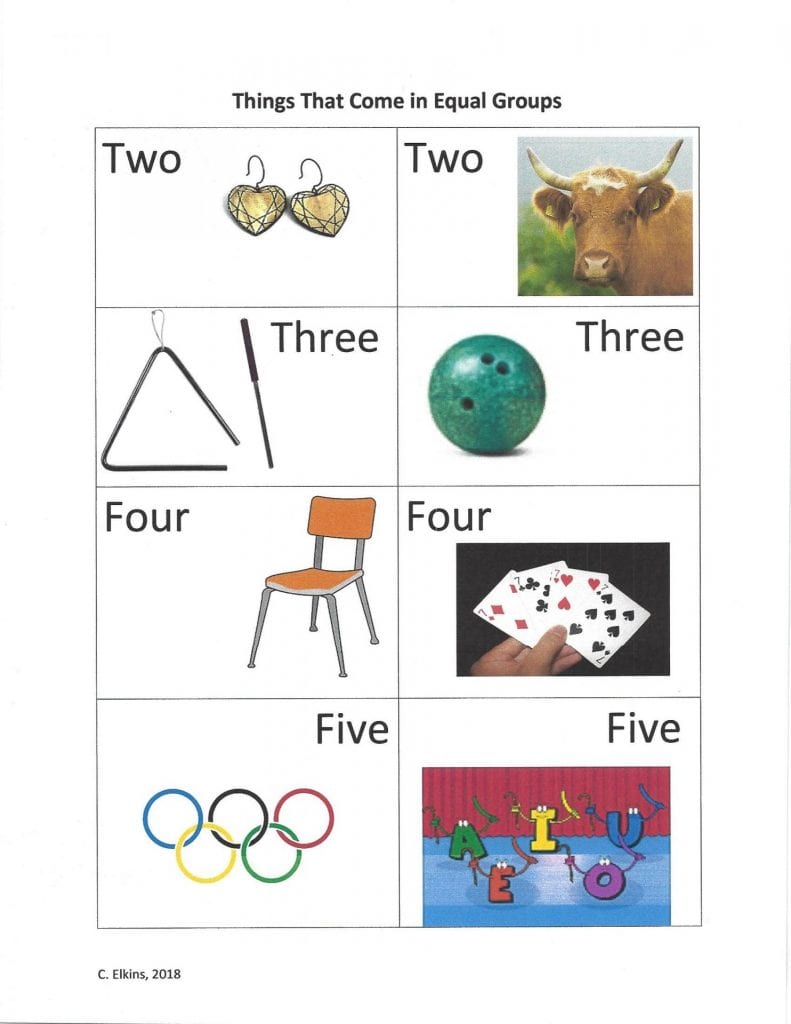





 If you are just tuning in, please refer to NT Parts 1 and 2. As I mentioned before, conducting a Number Talk session with your students is a chance for them to explain different ways to solve the same problem. This is meant to highlight strategies which have already been taught.
If you are just tuning in, please refer to NT Parts 1 and 2. As I mentioned before, conducting a Number Talk session with your students is a chance for them to explain different ways to solve the same problem. This is meant to highlight strategies which have already been taught.